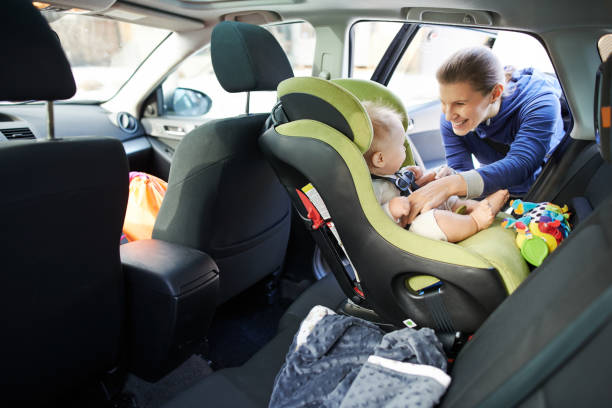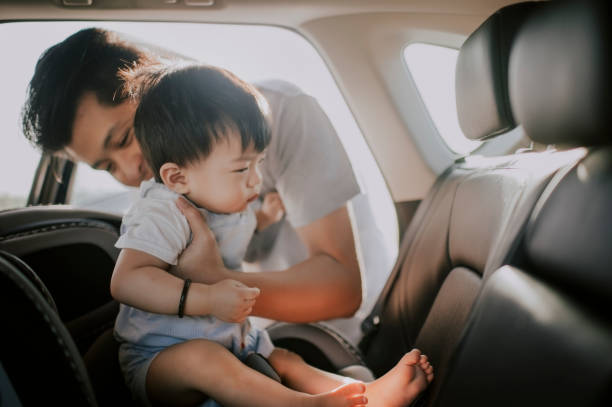Learn About Rear-Facing Car Seats with Jeff Lupient
According to Jeff Lupient, the three types of rear-facing seats are rear-facing only, convertible, and all-in-one. The AAP recommends that all infants ride rear-facing seats starting with their first ride home from the hospital. In addition, all infants and young children have to ride in a rear-facing seat for as long as possible or until they reach the maximum weight and height their car seat manufacturer allows.
Almost all convertible seats have limits. These allow children to ride rear-facing for two years or more. However, as children reach the maximum weight and height or length allowed by the manufacturer for their rear-facing–only seat, they have to continue riding rear-facing seats in a convertible or all-in-one seat.
 |
| istockphoto.com |
1. Rear-Facing Only
Rear-facing seats are meant to be used for and by infants up to 22 to 35 pounds and 26 to 35 inches. It depends on the model. Most models are small and have carrying handles. They also typically come with a base that can be left inside the car. The seat clicks into and out of the base; thus, you don't have to install it each time you use it, explains Jeff Lupient. Parents can buy more than one base if they have additional vehicles.
Some models of rear-facing car seats include load leg or anti-rebound bars, which help absorb the energy of a crash. Load legs decrease forward rotation in the initial phase of a crash. The anti-rebound bars protect children during the second phase of a crash from rearward rotation.
 |
| istockphoto.com |
Convertible car seats can be rear-facing and then converted to forward-facing when children outgrow the weight or height and length limit for rear-facing. This also means your child can use convertible car seats longer, adds Jeff Lupient.
Convertible seats are bulkier than infant seats. They don't come with carrying handles or separate bases. They are also designed to stay in the car. Many convertible car seats have higher limits in rear-facing weight, up to 40 to 50 pounds. This feature makes convertible seats ideal for babies who are bigger and toddlers.
3. All-In-One
All-in-one car seats can be used as rear-facing, forward-facing, or belt-positioning boosters. It also means your child may use the seat longer as they grow. This type of car seat is often bigger, so you'll have to check if it fits in the vehicle when facing the rear.
All-in-one car seats don't have a carrying handle or separate base, but like convertible car seats, many models have higher limits in rear-facing weight of up to 40 to 50 pounds, says Jeff Lupient.
Read more about car seat safety and features by subscribing to this Jeff Lupient page.
No comments:
Post a Comment